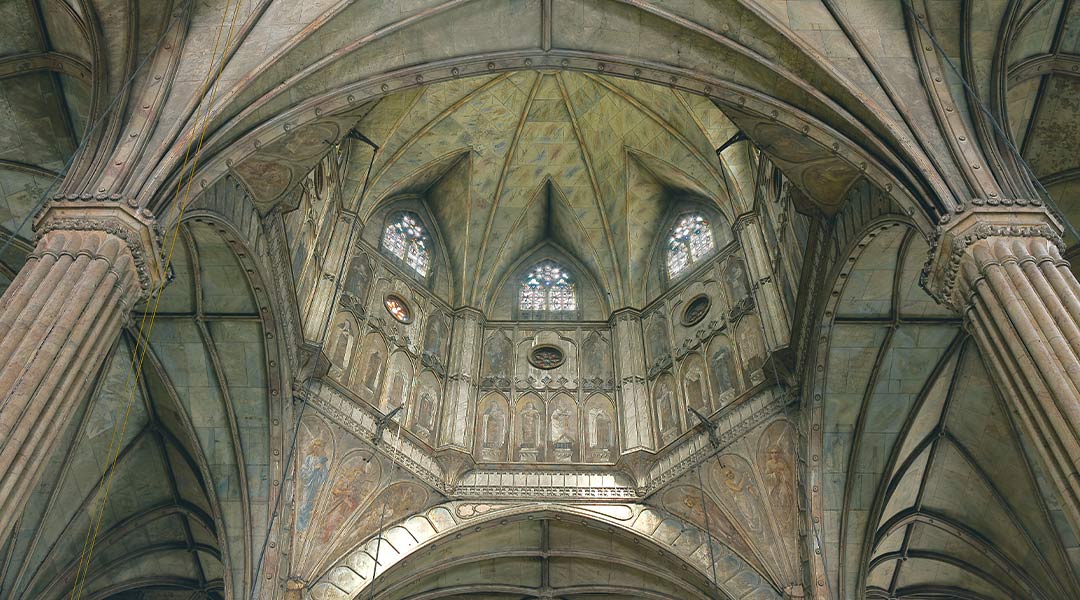
Invisible Damage: Inside the columns of San Sebastian Basilica
A national historical landmark, candidate World Heritage Site, gathering place, sacred space, a treasure of the Order of the Augustinian Recollects, the culmination of an ambitiously elaborate prefab enterprise, the only all-steel Gothic revival basilica in Asia—San Sebastian is all of these. But the basilica is also marked by decades of deterioration and neglect and has become an intricate conservation puzzle to the technical team that is restoring it.
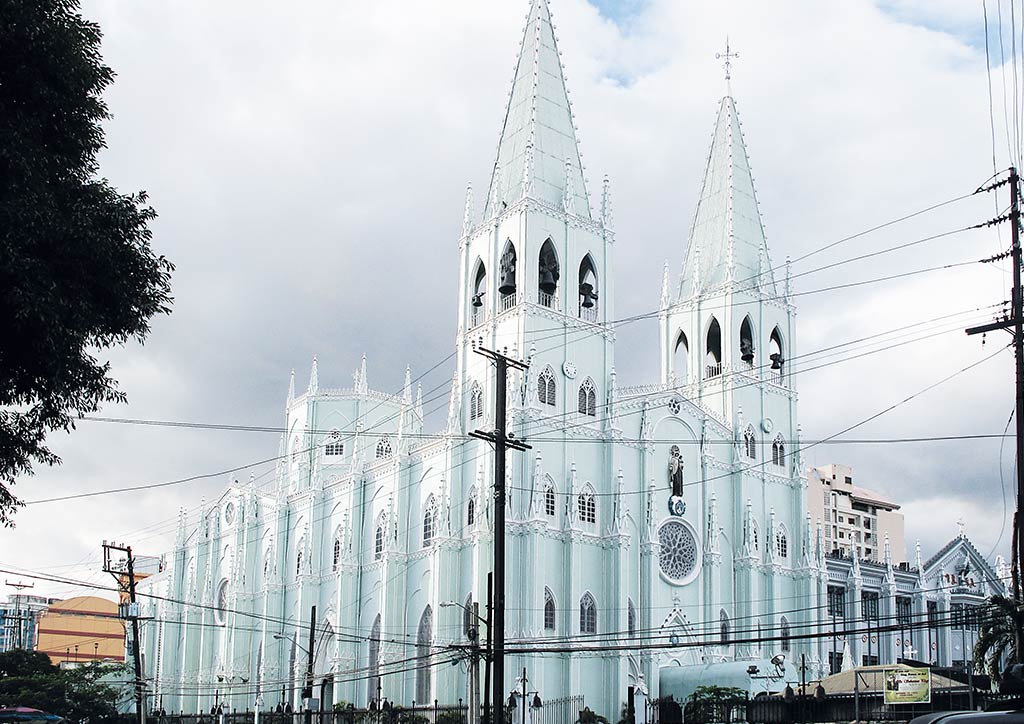
One hundred and thirty-two years ago, San Sebastian Basilica posed a unique rehabilitation question to engineer Genaro Palacios, the designer of the steel basilica we know today. He inspected the old masonry of San Sebastian church after the earthquake of 1880, condemned it for safety reasons, and took on the task of rebuilding anew. An engineer with a specialty in seismic design, Palacios chose metal instead of stone to build his earthquake-proof building. The steel building turns 129 years as of online publication).
Constructed from over 1500 tons of mild steel and cast iron shipped from Antwerp on nine steamships, it was assembled by an international Manila-based construction crew nearly a decade after the first blueprints were made in 1880. For Manileños, it remains one of the most interesting architectural landmarks in the city.
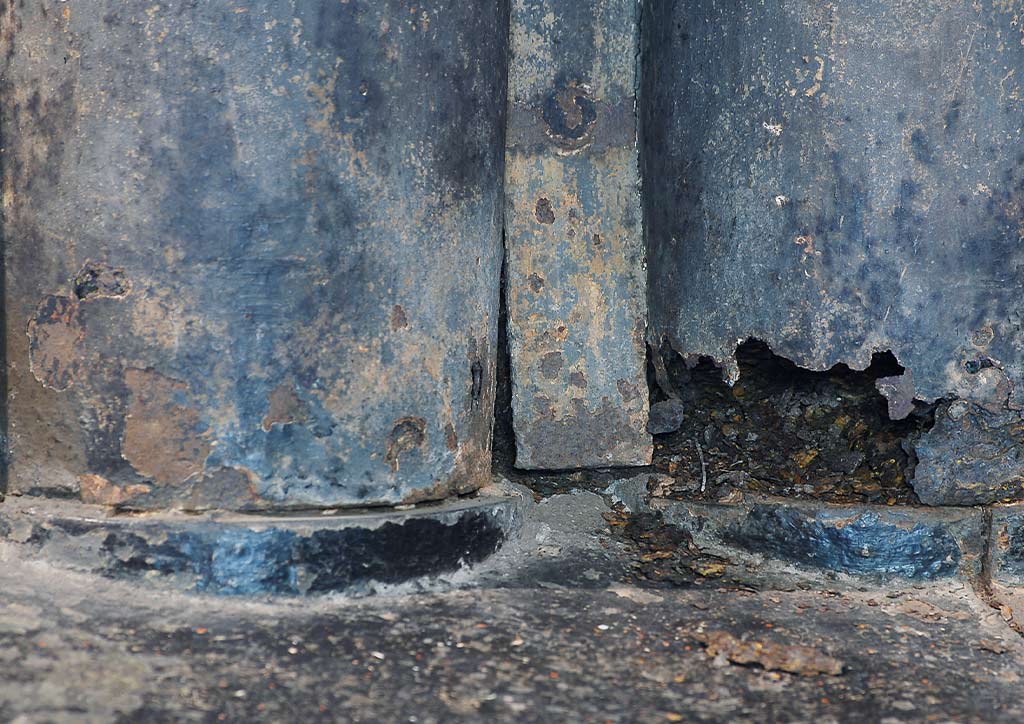
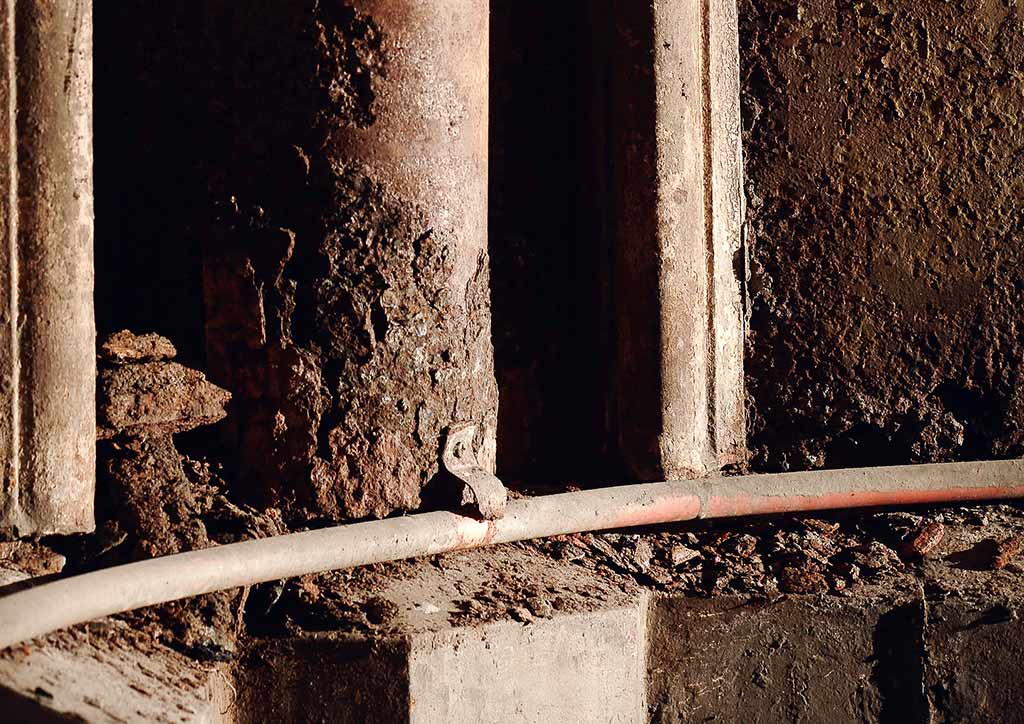

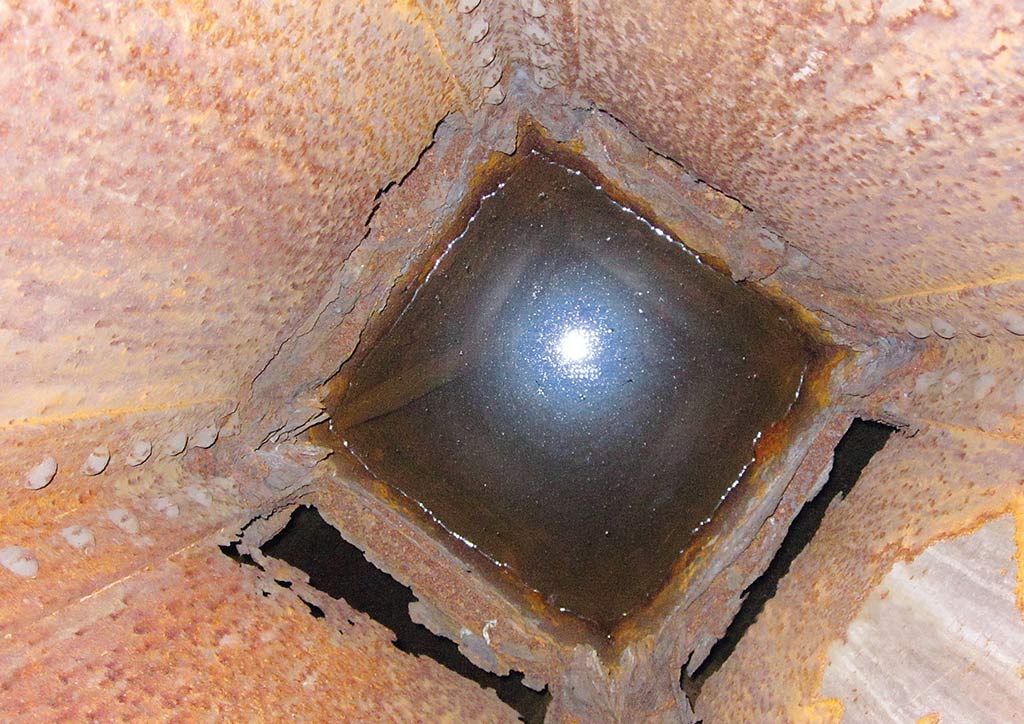
The conundrum San Sebastian poses to the conservation team today arises as they try to figure out how exactly the building is failing. Only when they figure it all out can the basilica be effectively repaired. “We’ve drawn the building, and all the deterioration we see on it, down to the last missing bolt,” says Tina Paterno, executive director of the San Sebastian Basilica Conservation and Development Foundation, Inc., (SSCDFI) “Now, we’re using this information to figure out the extent of the damage, what caused these problems, and what it all means in the larger scheme of things.”
READ MORE: The making of the all-steel Gothic Revival San Sebastian Basilica
There are many signs of the building’s ailments: over 40 kilos of steel debris have fallen from its ceilings over the last few decades, and parts of the magnificent trompe l’oeil have so deteriorated one could wipe them away with a rag. Most importantly, there is extensive water damage and rust from numerous fissures and leaks, which indicate gradual but continuous deterioration. When this happens to the main structural members, the church columns, it calls the integrity of the structure into question. The puzzle now is how to look down into 85 columns, which hold up the only all-steel prefab neo-Gothic church in Manila.
The conservation team had to devise a way of looking inside these columns which are, fortunately, hollow, allowing for monitoring devices to drop 20 meters down to their floor. What would these aging columns tell them about the structural stability of the building?
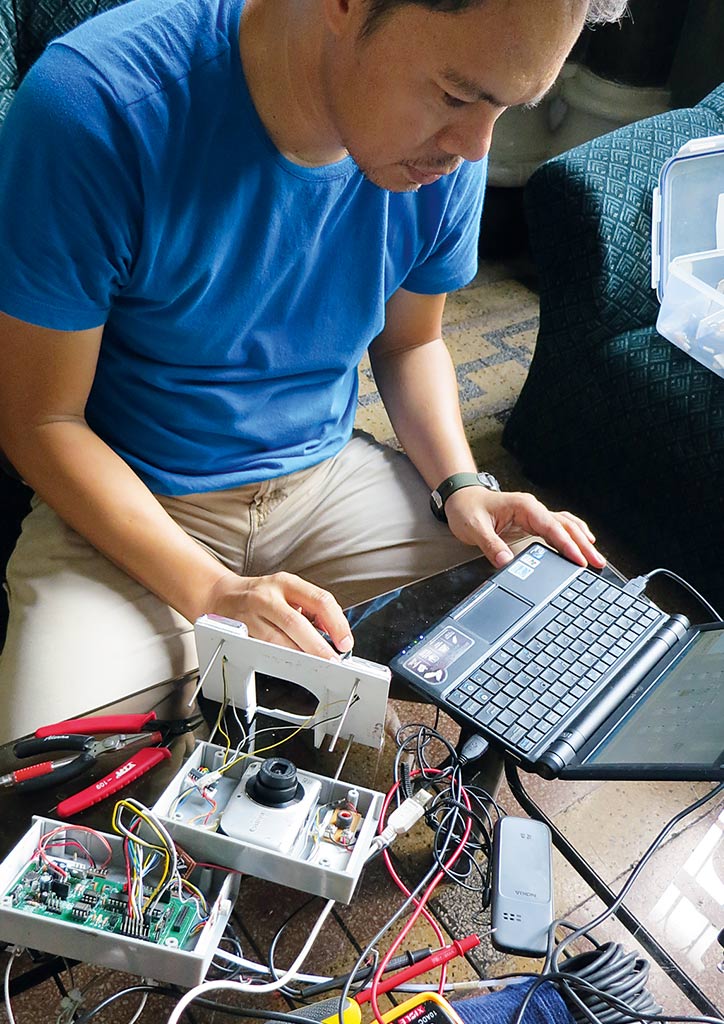
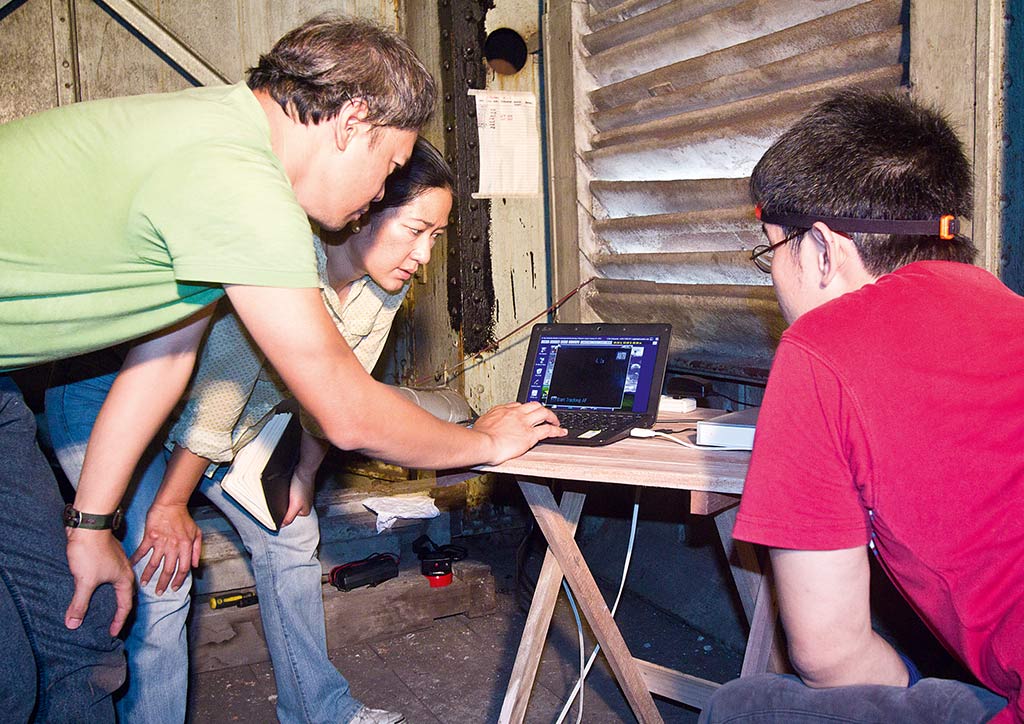
Reginald Mercado, PECE, electronics engineer and a volunteer with SSCDFI devised a way to take a series of photographs at various heights inside the column. Improvising with a point-and-shoot camera, cables, LED lights, and electronics hardware, he constructed a computer-controlled camera system that can be lowered into the columns. The system has successfully produced detailed images within the columns. Mercado also donated a rain gauge that will give conservators a better idea of the environmental factors involved in the deterioration of the structure.
To volunteer, Mercado has taken time out from his projects with PAGASA and various ventures in the research and development of sensor networks for environmental instrumentation and disaster mitigation systems. In 2008, Mercado devised a Flood Early Warning System for St. Bernard in Southern Leyte, using rain gauges and water level sensors to trigger warning sirens. The sirens went off hours before Typhoon Frank devastated the flood-prone areas, which led to the successful evacuation of the town’s vulnerable population. He has undergone Disaster and Emergency Communications Training with the National Aeronautics and Space Administration (NASA) by invitation from the US government and collaborated with scientists from Costa Rica, Rwanda, and South Africa on environmental instrumentation, water level sensors, and wireless bio-reactor systems. Given his expertise and enthusiasm, Mercado’s professional contribution to SSCDFI is an invaluable piece of the puzzle.


Numerous photographs and videos, as well as a database of measurements, are being generated by the camera system, revealing the present condition of the columns and wall interiors. This is the first time an endeavor of this scale has been attempted since the San Sebastian Basilica was built in 1891. Mercado’s camera device allows the technical team to see the actual state within the columns. The majority are flooded with water, with numerous parts eaten away by rust, resulting in holes of varying sizes at different heights. The team was even able to spot details, which explained, for example, that when rivets were missing on the inside, the column bulged outside because nothing held it back.
YOU MIGHT LIKE: Dissecting the stained glass windows at the Manila Cathedral
What do findings from the columns mean to the overall structural integrity of the building? The structural engineers on the conservation team will need to create and analyze a model of the basilica using the data collected in this diagnostic phase, and see whether, given all the holes and warping, the columns can sustain their loads. Luckily, the columns are buttressed, and the engineers’ rough assessment is that the basilica is overbuilt, meaning it is capable of enduring a lot of stresses.
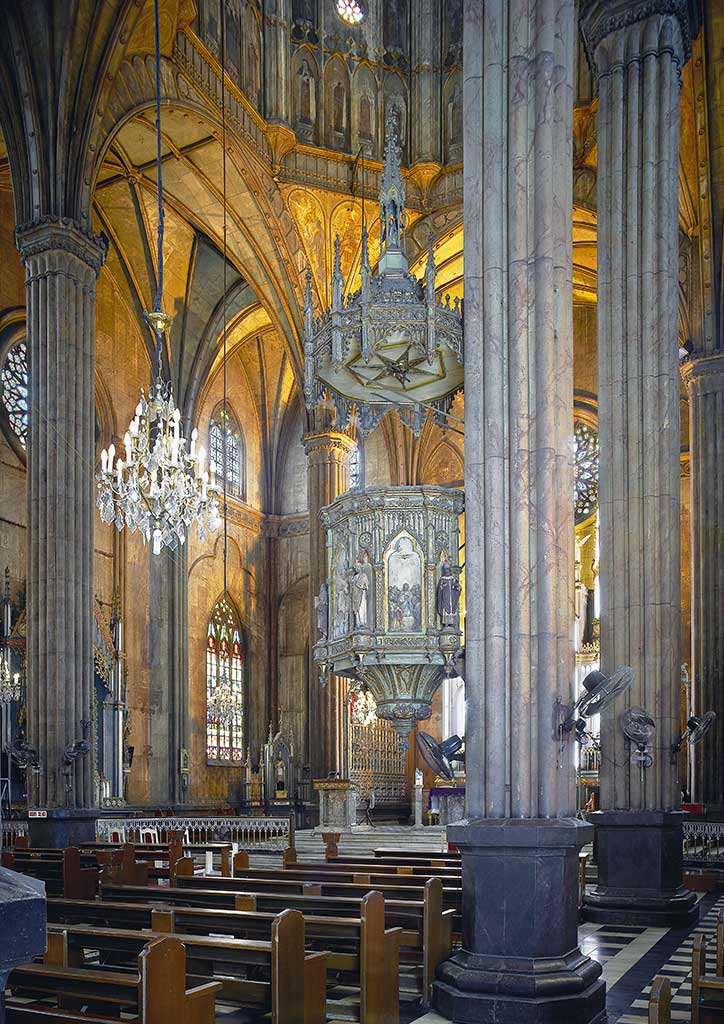
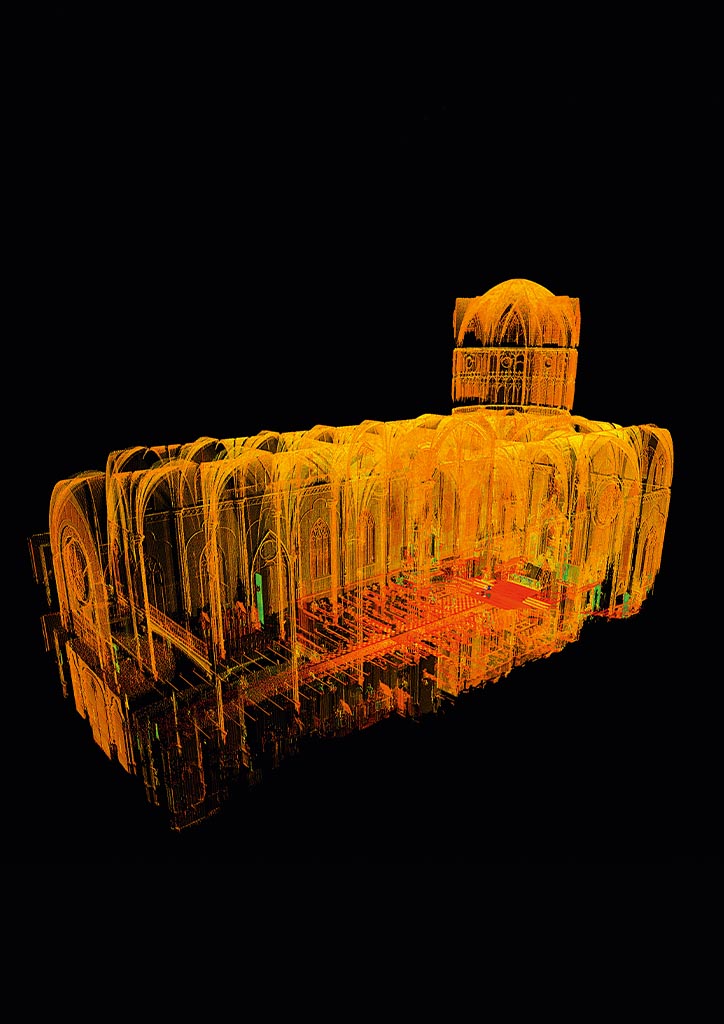
Although putting all the pieces together is proving to be a painstaking process, a stalwart group of volunteers, including an international team of structural engineers, corrosion scientists, and metallurgists, Mercado included, is on its way to saving the Basilica of San Sebastian. An ambitious undertaking two years in the making, it promises even more questions, and more parts of the puzzle to uncover and analyze. Fortunately, with volunteers like Mercado, the conservation team is well-equipped, and up to the task.![]()
This first appeared in BluPrint Special Issue 2 2012. Edits were made for BluPrint online.
READ MORE: The sunken Cabetican Shrine in Pampanga is unsinkable in spirit


